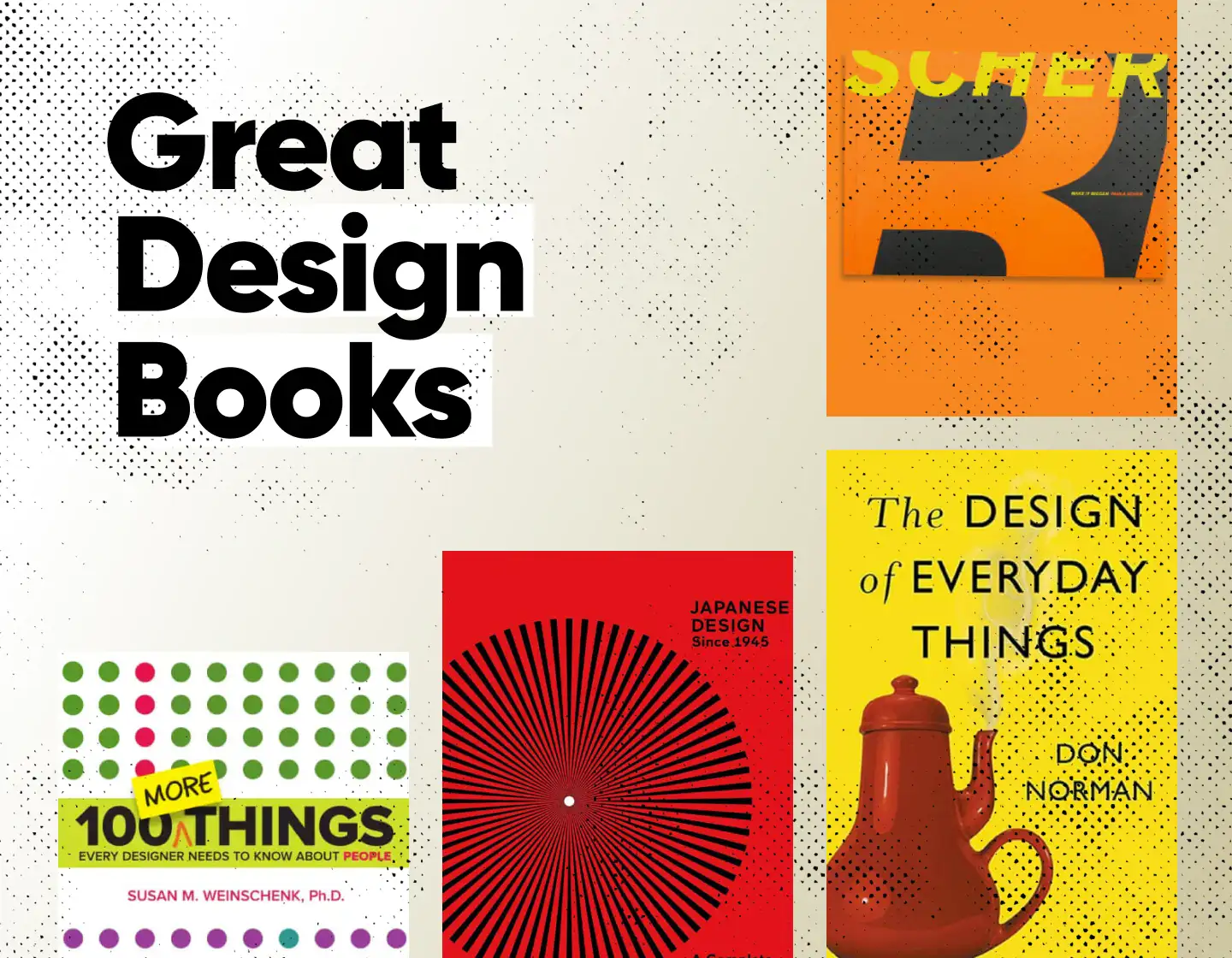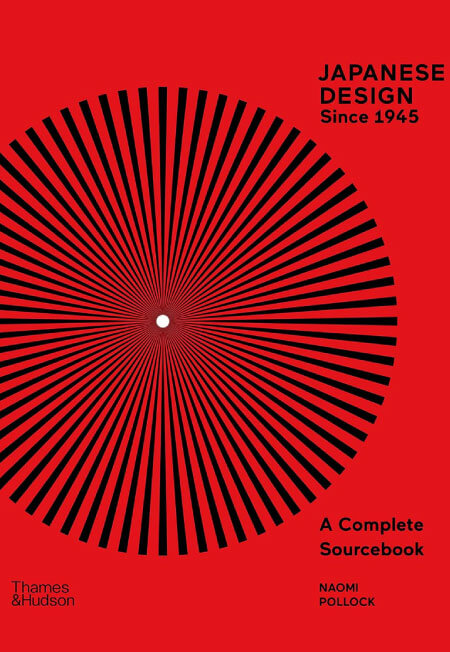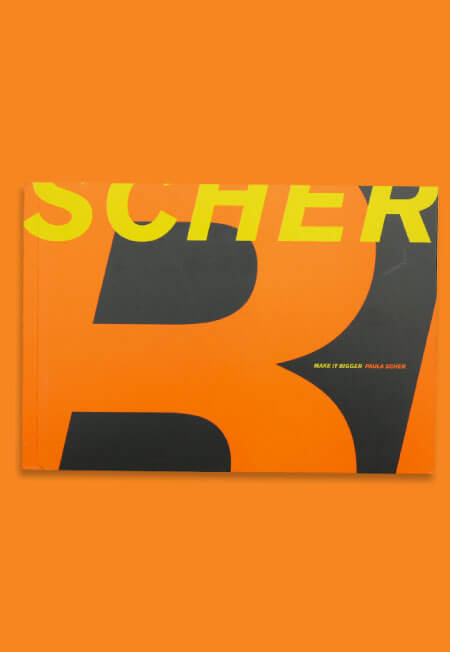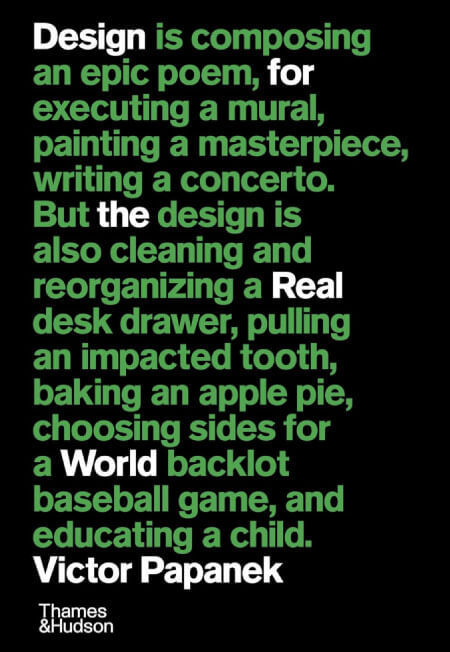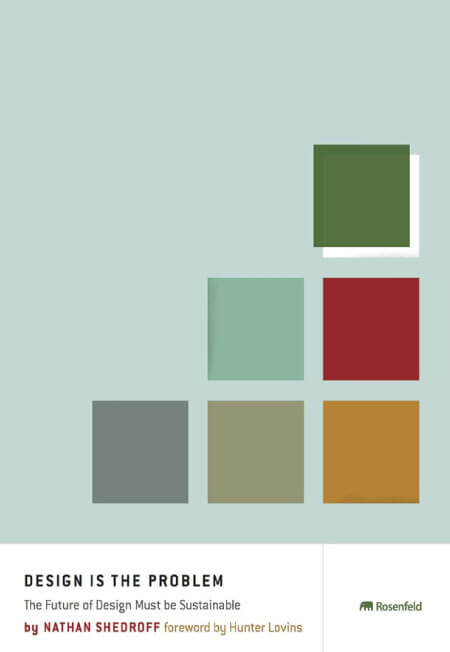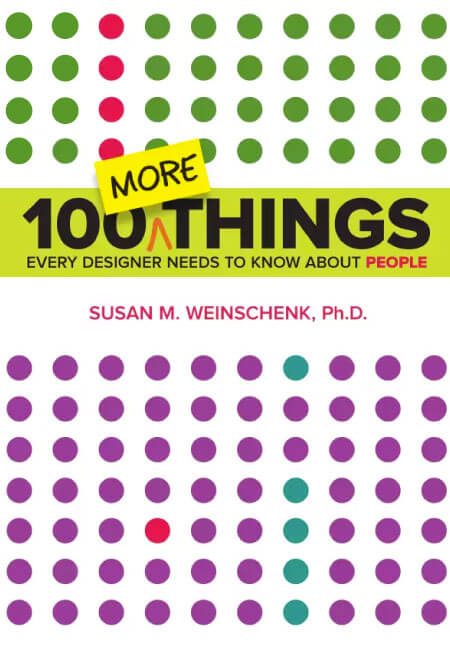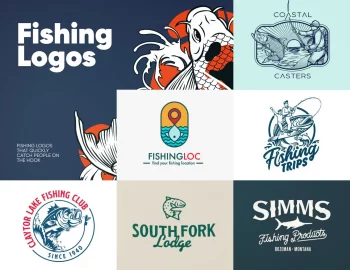For this post, I pulled together the ultimate stack of design books that deserve a permanent spot on your shelf.
Some design books collect dust. Others end up covered in coffee stains and bookmarked to oblivion because you keep coming back to them. The ones on this list? Definitely the latter.
As a designer, you already know that keeping up with trends is part of the job, but some design principles never get old. If you’re leading a brainstorming session, mentoring a junior designer, or just trying to explain (again) why Comic Sans is a crime against typography, the right books can make a difference.
I’ve pulled together a collection of must-reads that balance practical advice and big-picture thinking. These books can help you refine your creative process, understand design psychology, and sharpen your strategic thinking. The best part is, that they’re actually enjoyable to read as well unlike some of the academic snooze-fests out there.
So, if you’ve been meaning to build a solid design library, personal or for the office, this list has you covered.
1. The Design of Everyday Things: Revised and Expanded Edition
Author: Don Norman
Amazon Rating: 4.6/5.0 | Goodreads Rating: 4.1/5.0
Have you ever wondered why some products just work and others make you want to throw them out the window? Don Norman explains why.
📌 Why you need to read this book: It’ll change how you think about design. But seriously. You’ll start seeing UX mistakes everywhere, which can be both a blessing and a curse.
📌 What makes it different: Instead of just talking about design principles, it goes deep into how people actually use things. It’s less “here are the rules” and more “here’s why this thing drives you nuts and how to fix it.”
2. Japanese Design Since 1945: A Complete Sourcebook
Author: Naomi Pollock
Amazon Rating: 4.7/5.0 | Goodreads Rating: 4.6/5.0
Most of us spend way too much time looking at the same Western design trends, but this book is something you need to look at design with a new set of eyes.
📌 Why you need to read this book: If you’re experiencing a creative block, this is your way out. Straight to Japan without leaving your desk.
📌 What makes it different: Instead of just pretty pictures (though there are plenty of those), it explains the WHY behind Japanese design choices.
3. Make It Bigger
Author: Paula Scher
Amazon Rating: 4.4/5.0 | Goodreads Rating: 4.1/5.0
Paula Scher is basically a rockstar in the branding and design leadership circles.
📌 Why you need to read this book: You’re getting career advice from a design legend but without the awkward coffee meeting.
📌 What makes it different: It’s brutally honest about the highs and lows of being a designer in the real world. No sugarcoating.
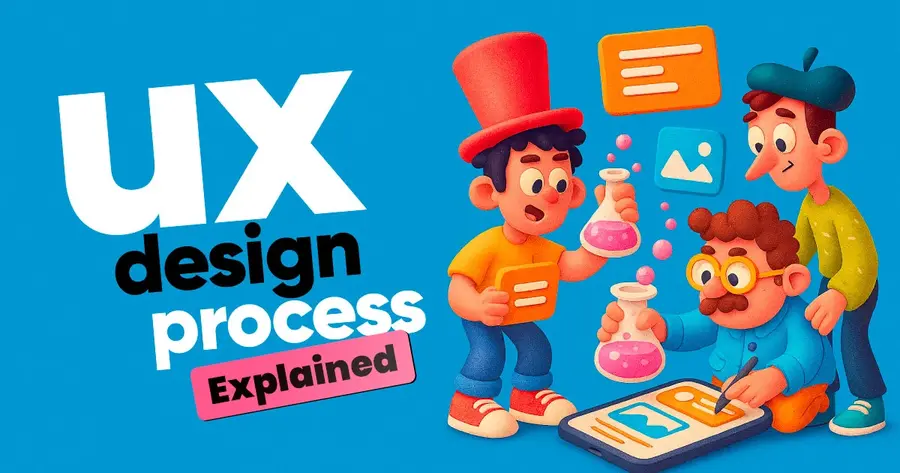
4. Design for the Real World
Author: Victor Papanek
Amazon Rating: 4.5/5.0 | Goodreads Rating: 4.2/5.0
Okay, time to get serious for a second. Aside from making things cool and usable, design has real-world consequences.
📌 Why you need to read this book: It’ll make you question if your work is just decoration or if it actually solves real problems. It will also make you overthink everything you do, so read with caution.
📌 What makes it different: This book was way ahead of its time in talking about responsible design, and honestly, it’s still more relevant than ever.
5. Design is the Problem
Author: Nathan Shedroff
Amazon Rating: 4.1/5.0 | Goodreads Rating: 3.8/5.0
Sustainability is a buzzword, sure, but this book does a good job explaining how to design in a way that’s environmentally and socially responsible without sacrificing creativity.
📌 Why you need to read this book: It’s practical, not preachy. It gives you real strategies for designing smarter, not just guilt-tripping you into using less plastic.
📌 What makes it different: Unlike most sustainability books, this one is actually for designers. It speaks our language.
6. 100 More Things Every Designer Needs to Know About People
Author: Susan Weinschenk
Amazon Rating: 4.8/5.0 | Goodreads Rating: 4.1/5.0
Users tend to do the exact opposite of what you expected and this particular talks about it.
📌 Why you need to read this book: It’ll help you stop guessing what users want and start designing with psychology-backed insights.
📌 What makes it different: The book is full of usable tips that you can apply immediately.
And there you have it—your ultimate stack of design books that deserve a permanent spot on your shelf (or at least your desk, next to your Wacom tablet and that half-finished cup of coffee).
Sure, the internet is packed with quick tips and tutorials, but sometimes, nothing beats flipping through actual pages filled with insights that don’t disappear when you close a tab. So, which one are you grabbing first? Just promise me one thing—don’t use Papyrus in your notes. Your future self (and James Cameron) will thank you.


